Reviewed by Julianne Ngirngir
Ever notice how Samsung's "Fan Edition" phones seem to hit that perfect sweet spot between flagship features and wallet-friendly pricing? Having tested every FE model since the S20 FE launched to remarkable 10 million unit sales success, I've always appreciated how Samsung manages to deliver premium experiences without the premium pain points. Well, the rumor mill is spinning hard around the Galaxy S25 FE, and the latest batch of leaks reveals some fascinating — and slightly surprising — details about what could be Samsung's most important mid-range phone of 2025.
What you need to know:
Samsung is planning an earlier launch for the S25 FE, potentially August or September instead of October
New renders show a design nearly identical to the Galaxy S25 Plus
The phone may stick with the Exynos 2400e chipset from last year's model — and that might actually be the smartest move Samsung could make
Why the familiar design actually makes sense
If you've been following Galaxy phones for a while, you know Samsung isn't one to reinvent the wheel when something works. The leaked renders show the S25 FE borrowing heavily from the Galaxy S25 Plus playbook — and honestly, that's smart positioning when you consider the engineering costs saved.
The S25 FE measures in at 161.4 x 76.6 x 7.4 mm, making it slightly larger but remarkably similar to the S25 Plus at 158.4 x 75.8 x 7.3 mm. That extra bulk actually translates to meaningful benefits—roughly 4 grams more weight that's barely noticeable in daily use but potentially houses the larger battery we'll discuss. The camera layout, LED flash positioning, and overall form factor are nearly identical, with the only noticeable difference being a slightly thicker chin on the FE model. Samsung is expected to use Gorilla Glass Victus+ with an aluminum frame, matching the materials quality of its more expensive siblings while keeping manufacturing streamlined.
The chipset decision that's surprisingly brilliant
Here's where things get interesting, and where Samsung might be playing some serious strategic chess. Multiple sources, including Android Authority, suggest Samsung is sticking with the Exynos 2400e chipset — the same processor that powered the Galaxy S24 FE. While early reports pointed definitively to the 2400e, Samsung appears to be testing multiple options, including the standard Exynos 2400 and potentially other configurations. Before you roll your eyes at "recycled silicon," let me walk you through why this might be brilliant positioning.
The Exynos 2400e delivered Geekbench 6 scores around 2000 points single-core and 6500 points multi-core, placing it somewhere between the Snapdragon 8 Gen 2 and 8 Gen 3. That's still flagship-level performance for most users—more than enough power to handle Samsung's Galaxy AI features and earn the company's seven-year update guarantee. The real magic? This proven silicon allows Samsung to focus budget on upgrades that actually matter to daily users.
Display and battery upgrades worth getting excited about
Samsung is reportedly bumping the display size to 6.7 inches with a 1080 x 2340 pixel resolution, offering around 385 PPI pixel density. The 120Hz refresh rate carries over, but peak brightness could jump to an impressive 2,600 nits. That's not just a number—it means genuinely usable outdoor visibility in harsh sunlight and HDR content that actually pops when you're streaming poolside or at the beach.
These display improvements would typically drain battery faster, but Samsung is addressing that concern head-on. Battery capacity is expected to increase to 4,900 mAh, matching the Galaxy S25 Plus and representing a 200mAh boost over the S24 FE. Even better, charging speeds are rumored to jump to 45W, again matching the Plus model's capabilities. The Galaxy S24 FE already proved to be a two-day smartphone for many users, so these improvements should extend that further while cutting charging time by roughly 30 minutes compared to the S24 FE's 25W speeds.
Camera system: proven performers with software enhancements
Don't expect revolutionary camera changes here—and that's actually smart strategy. Samsung appears to be reusing the same camera system as its predecessor: a 50MP main camera (similar to the S25 Plus), 12MP ultra-wide, and 8MP telephoto with 3x optical zoom.
While the S25 Plus gets a 10MP telephoto, the FE sticks with 8MP — but both offer the same 3x optical zoom capability. There's speculation about bumping the front camera to 12MP from the current 10MP setup. The real story here is software: Samsung's latest ProVisual Engine, which debuted in the S25 series, should enhance low-light performance and computational photography even with familiar sensors. Sometimes the best camera upgrade isn't new hardware—it's smarter processing.
Launch timing: earlier than you might expect
Here's a pleasant surprise that signals Samsung's confidence in this strategy: Samsung executives have hinted at an earlier launch for the S25 FE. Instead of the usual October timeframe, we might see it arrive in August or early September. The last two FE models launched in October, so this accelerated schedule suggests Samsung is serious about maintaining momentum in the competitive mid-range space while reducing the gap between flagship and affordable alternatives.
PRO TIP: This earlier timeline means less waiting between the S25 series launch and its accessible counterpart—perfect timing if you've been eyeing flagship features but waiting for FE pricing.
What this means for your wallet (and Samsung's strategy)
The million-dollar question: pricing. The Galaxy S24 FE launched at $649, and European pricing leaks suggest the S25 FE could hit around €679 ($789 direct conversion). However, European pricing often runs higher due to VAT and regional factors, so US pricing could hold closer to $650. That reused chipset strategy means Samsung can invest savings into the display, battery, and charging upgrades that you'll actually notice in daily use.
Samsung's Fan Edition strategy has always been about accessible flagship innovations, and the S25 FE seems designed to hit that target perfectly. By focusing budget on tangible improvements—brighter screens that work outdoors, batteries that last two days, and charging that doesn't leave you tethered to the wall—Samsung is prioritizing real-world user experience over benchmark bragging rights.
That's actually pretty smart positioning. Most users upgrading from phones that are 2-3 years old won't notice the difference between an Exynos 2400e running at 3.11GHz and whatever cutting-edge chip Samsung could have used, but they will definitely appreciate scrolling through social media in bright sunlight, making it through busy days without battery anxiety, and topping up 50% in 30 minutes. Sometimes the best upgrade is the one that improves your daily experience rather than synthetic benchmark scores—and at $650, that philosophy makes the Galaxy S25 FE sound like exactly the kind of smart compromise that built the FE series' reputation.






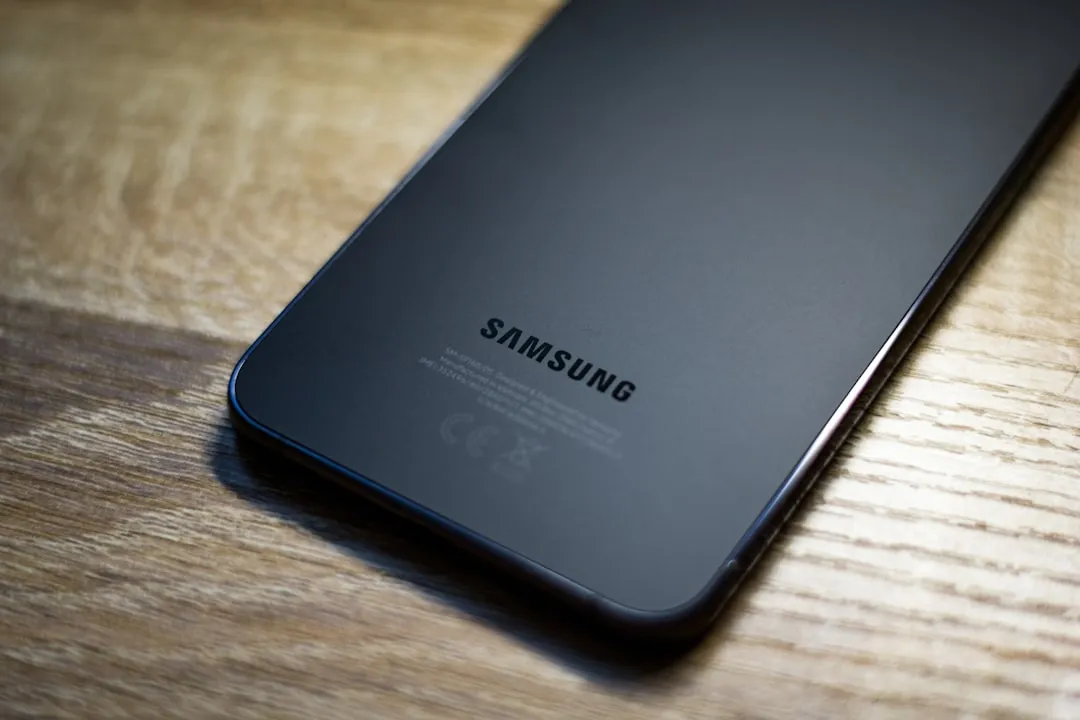

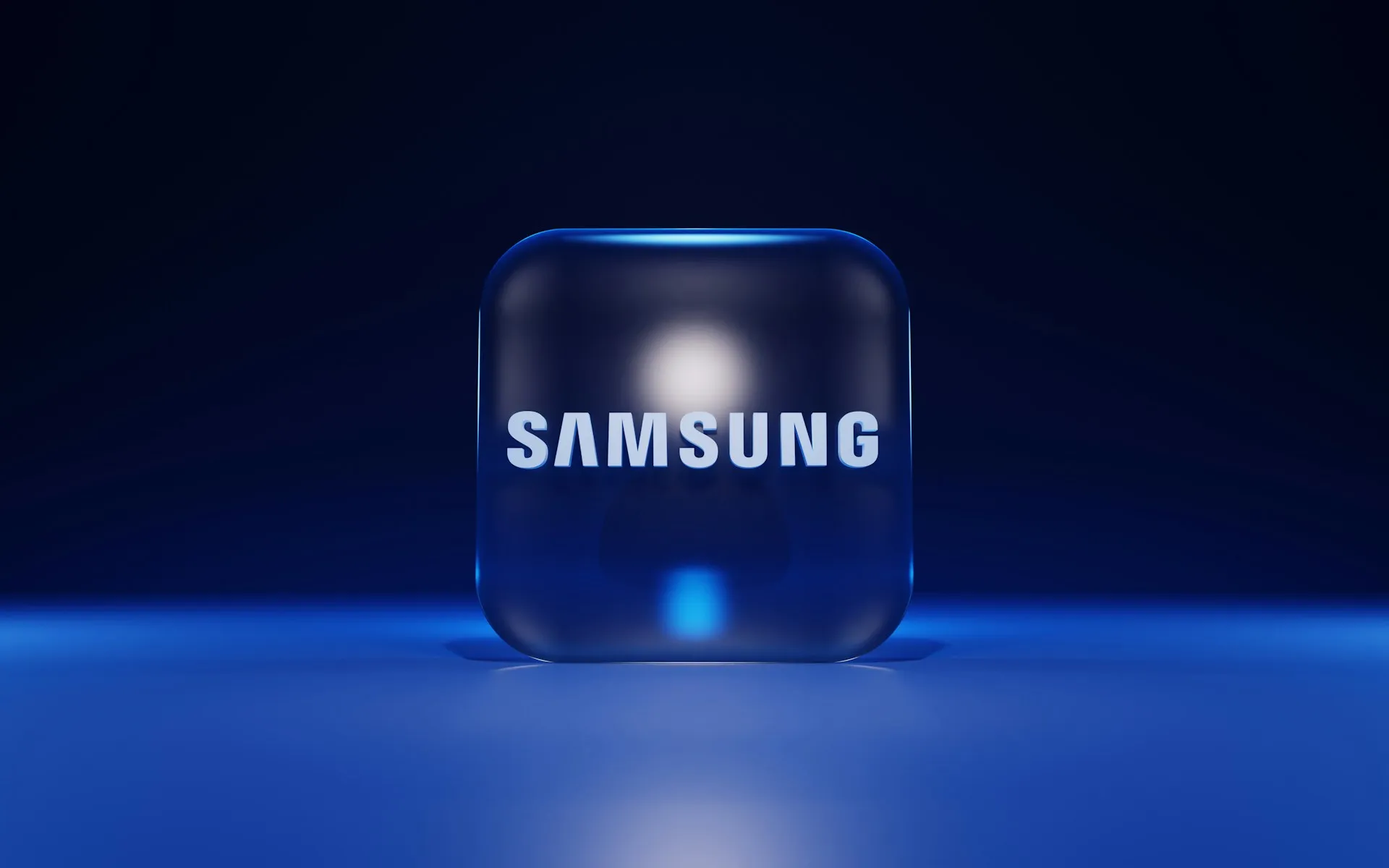
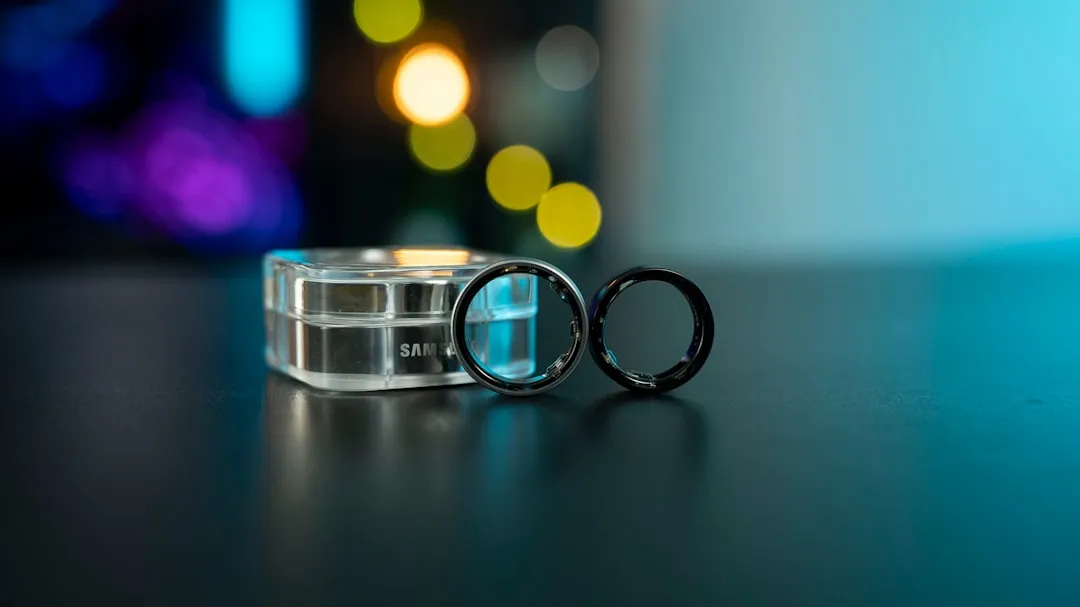

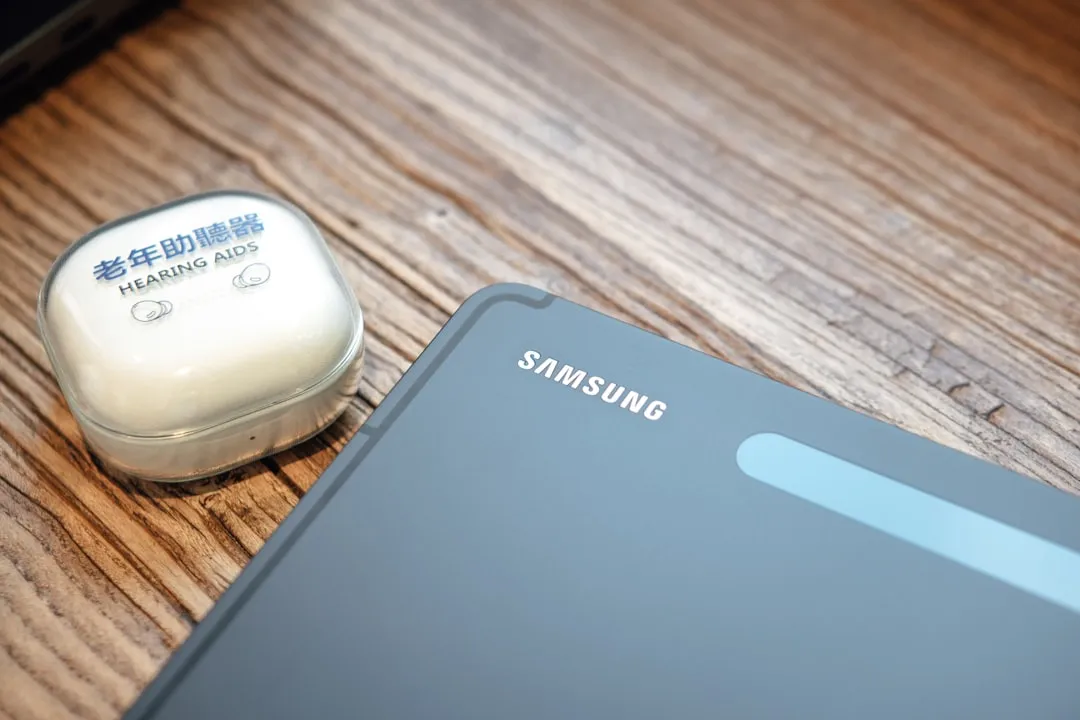
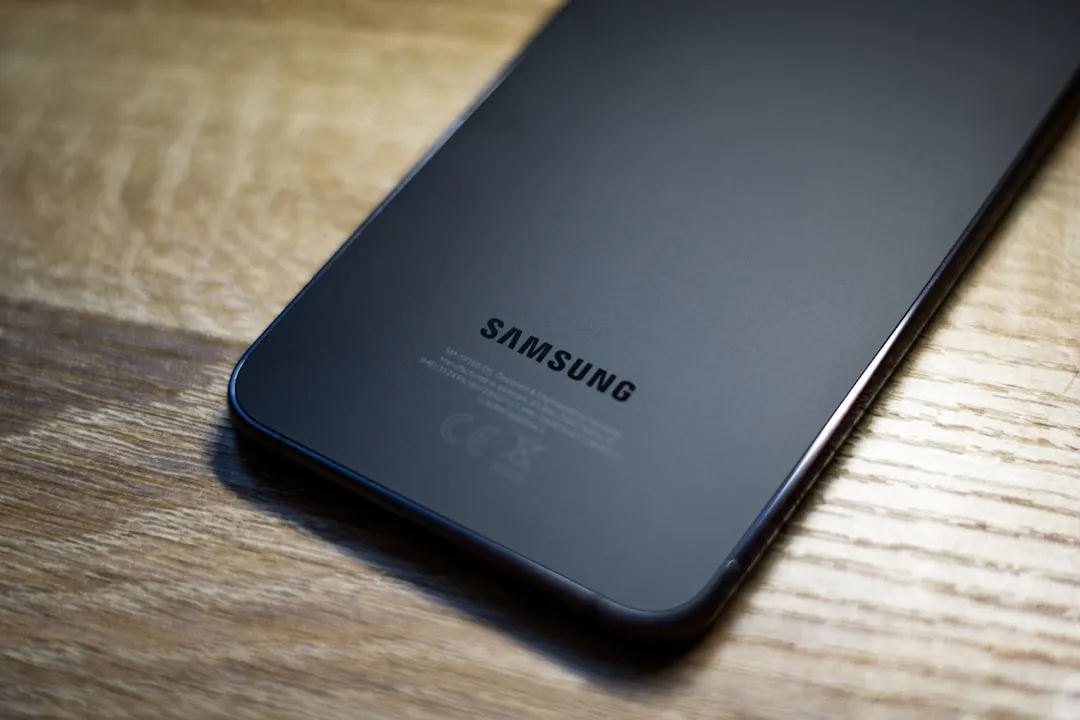



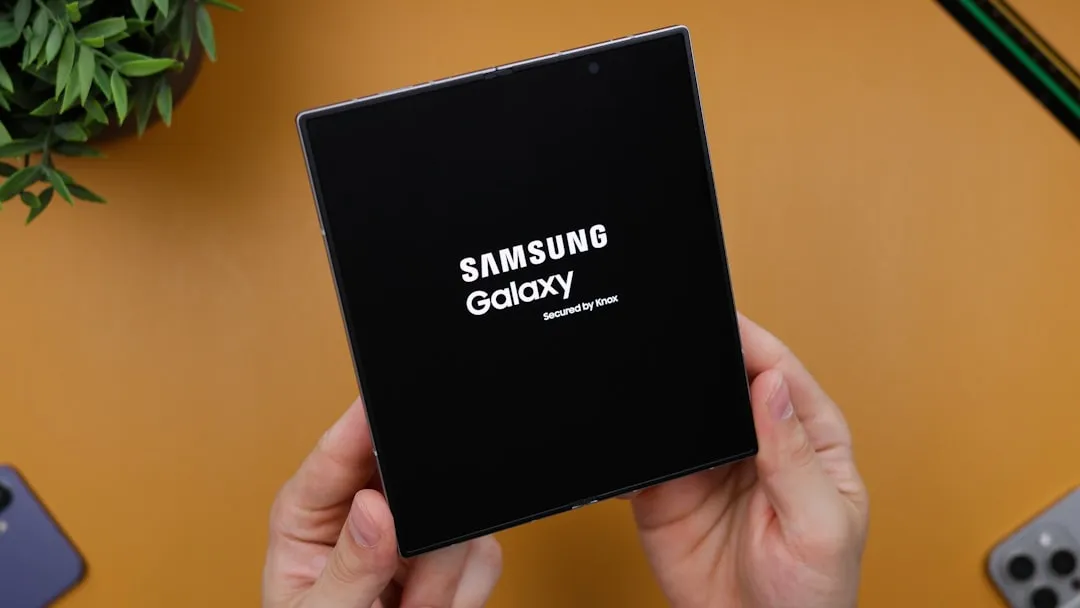

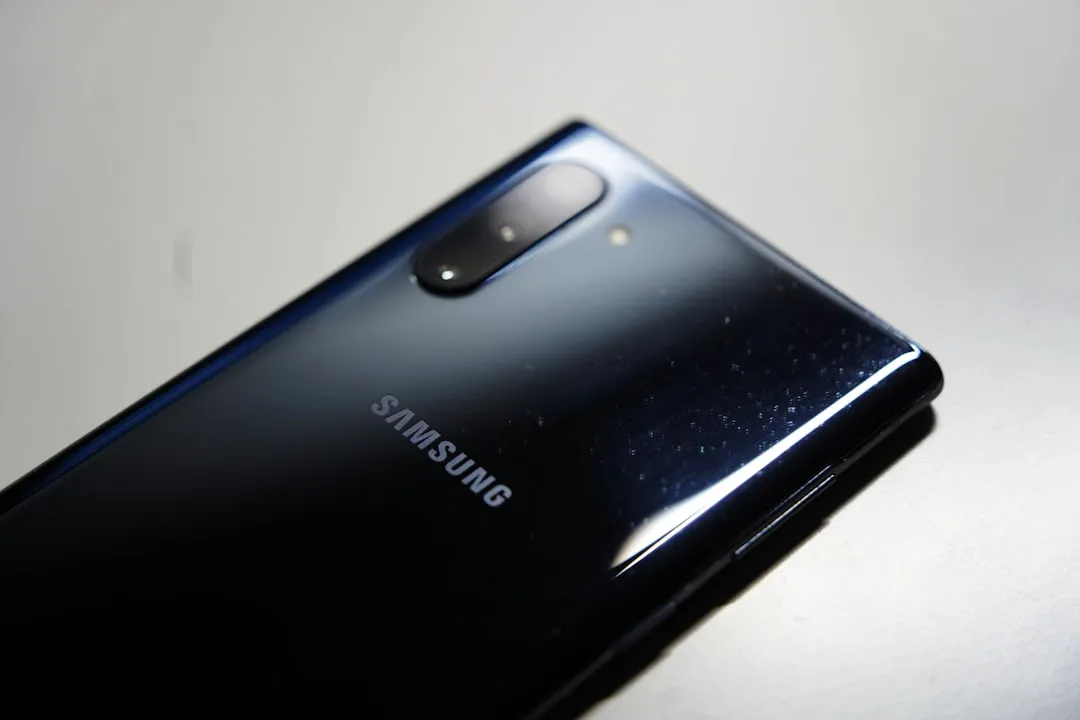
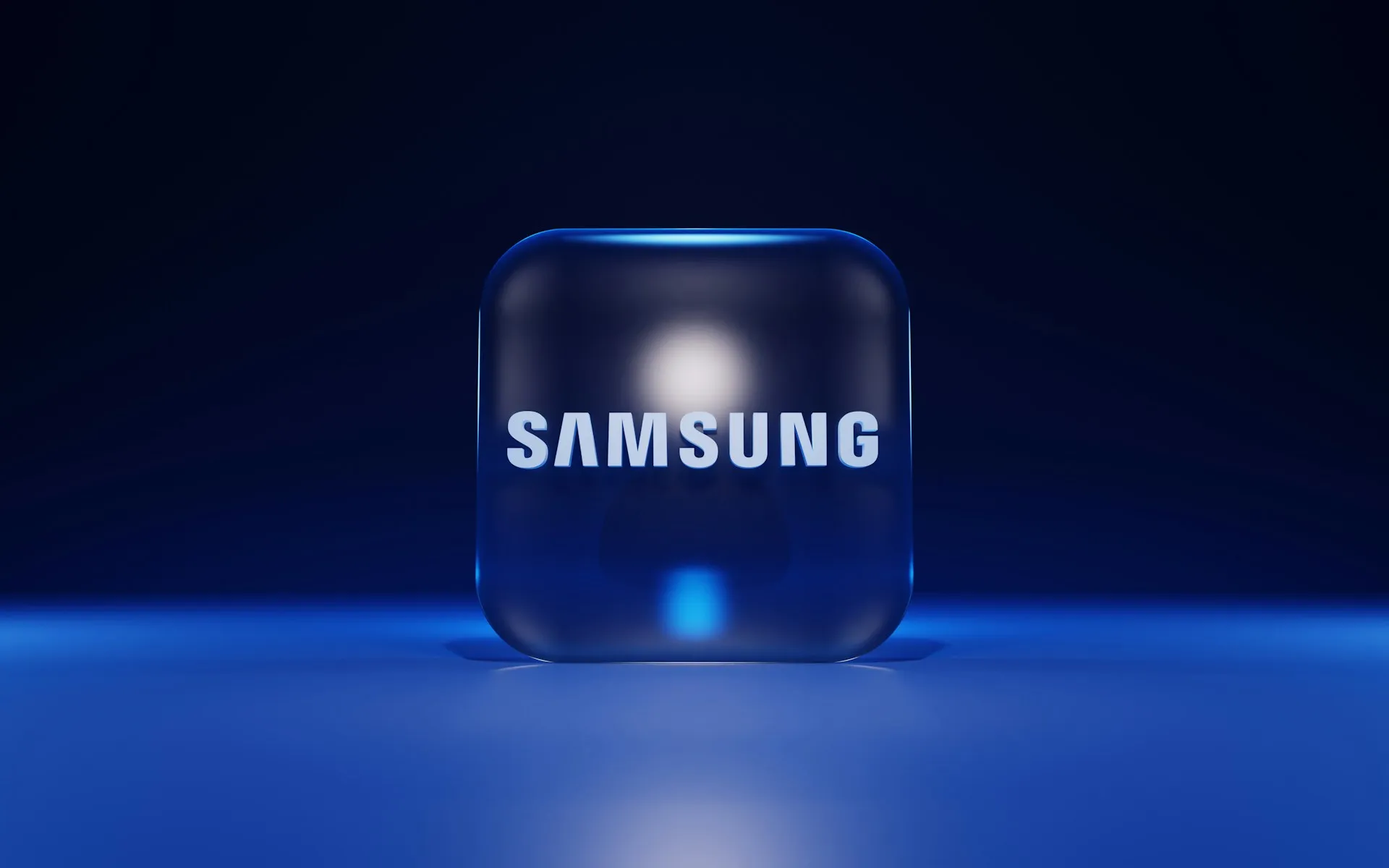
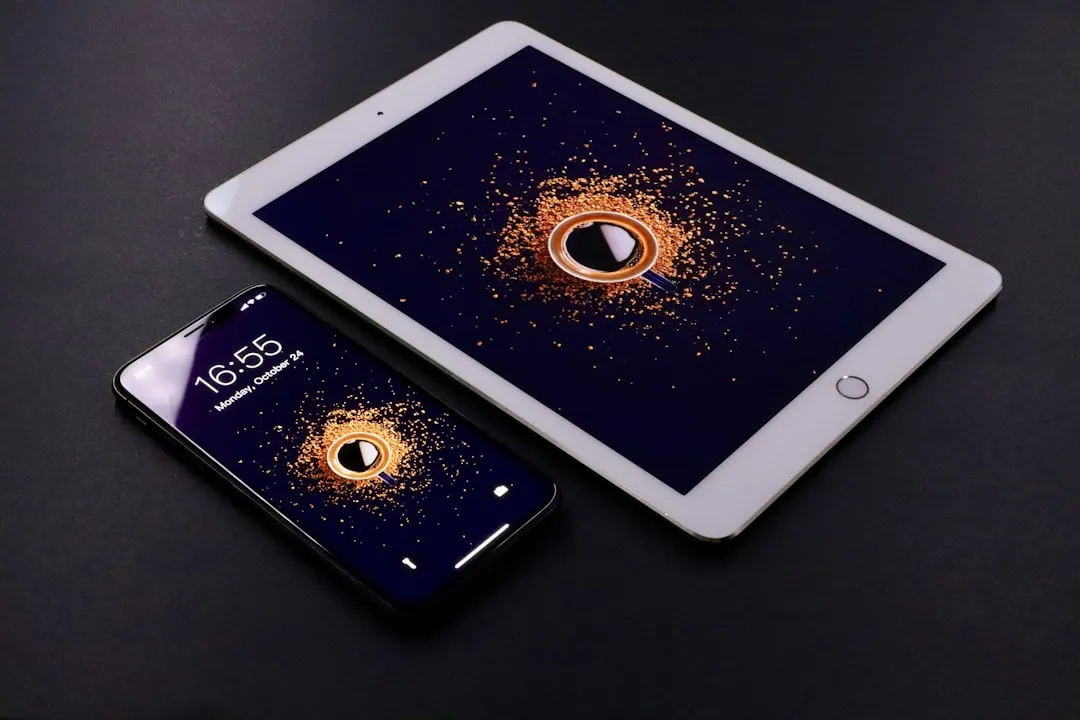
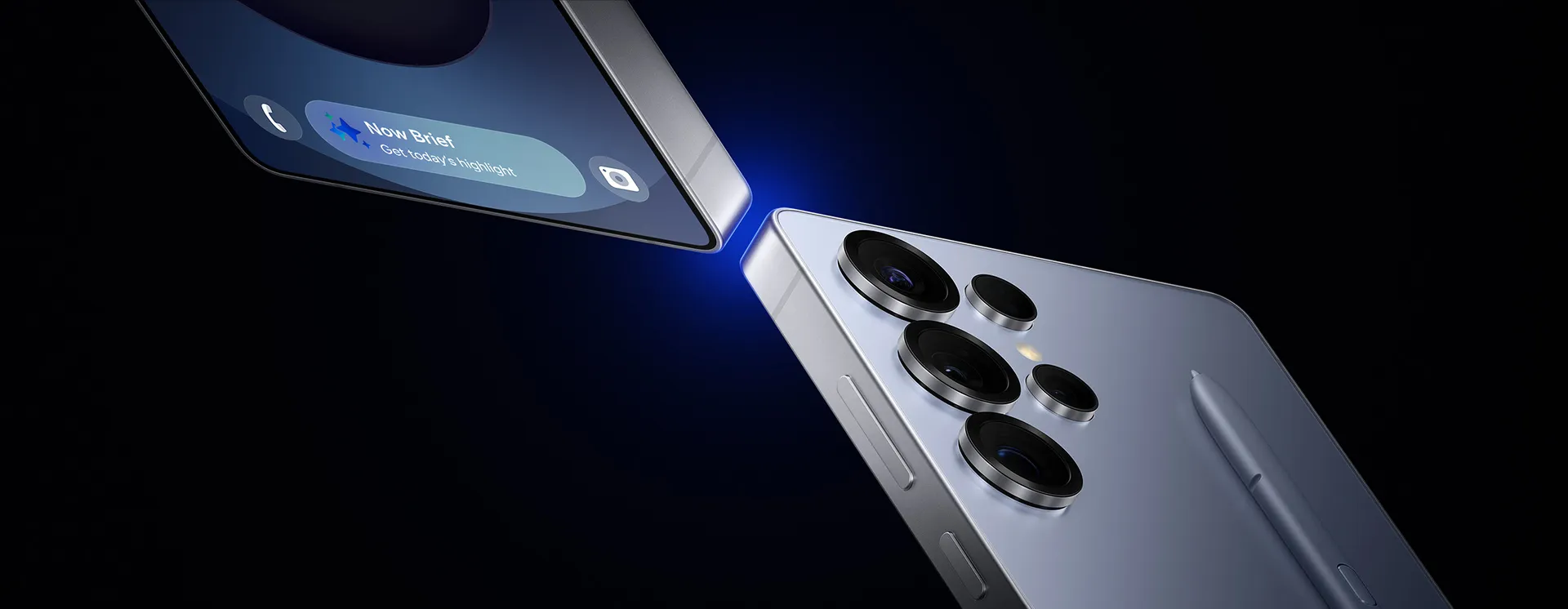

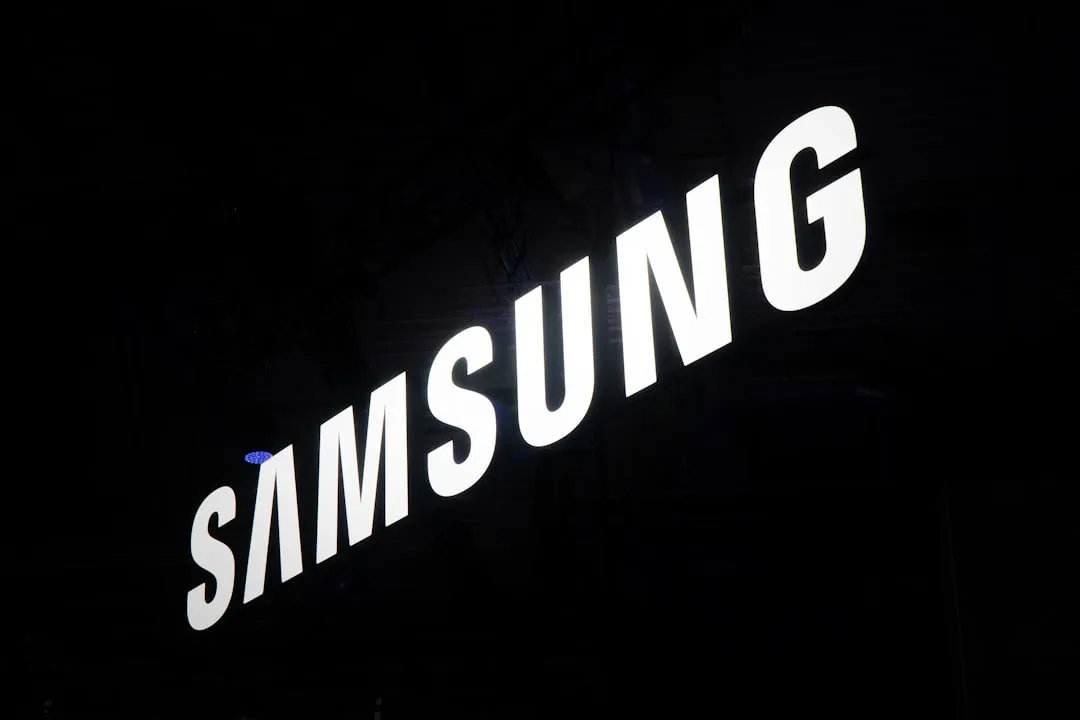

Comments
Be the first, drop a comment!